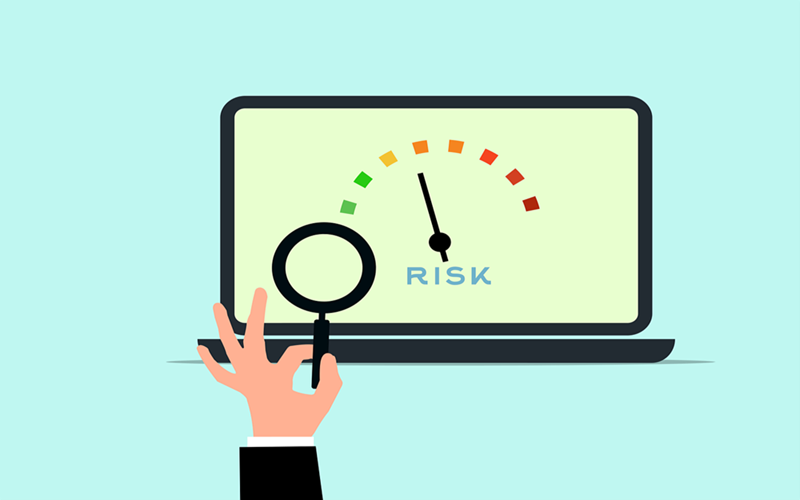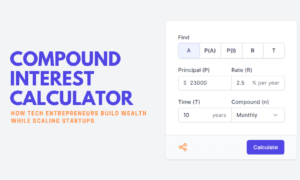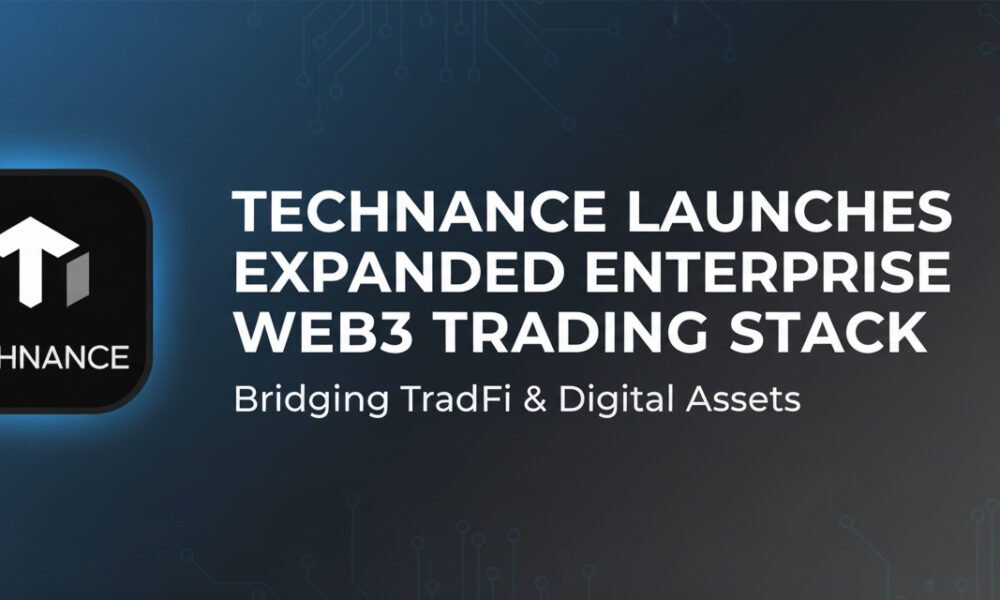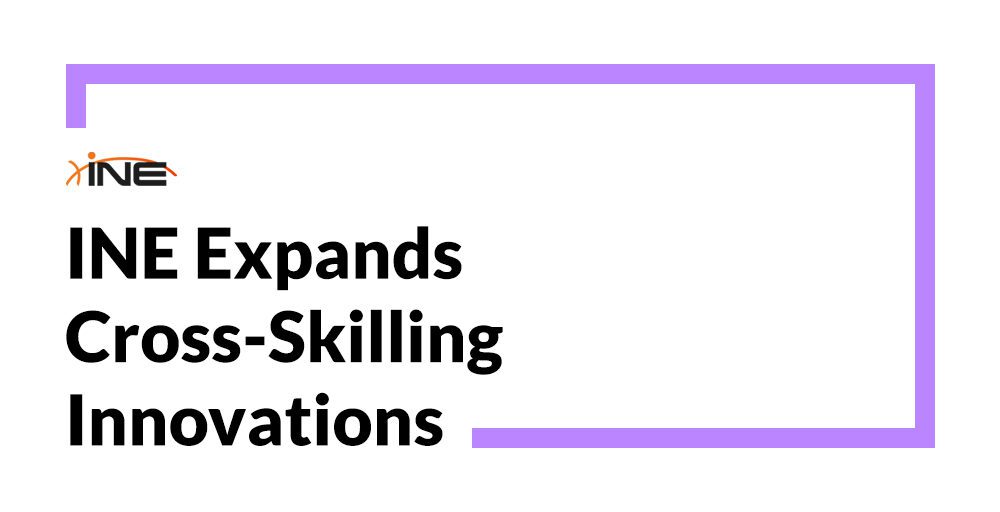In today’s fast-paced and ever-evolving business landscape, navigating risks has become more critical than ever. As organizations strive to stay ahead of the curve, the right risk assessment platform can be a game-changer—transforming uncertainty into opportunity. But with so many options available at your fingertips, how do you choose the one that aligns perfectly with your unique needs? Welcome to “A Comprehensive Guide to Choosing the Right Risk Assessment Platform for Your Business,” where we’ll unravel the complexities of evaluating risk management tools. Whether you’re a seasoned expert or just starting out on this journey, our guide will empower you to make informed decisions that protect your assets and propel your organization toward success. Let’s dive in and discover how to turn potential pitfalls into pathways for growth!
Introduction to Risk Assessment and Underwriting Platforms
In today’s fast-paced business environment, understanding and managing risks is more crucial than ever. With increasing uncertainty in markets and evolving regulatory landscapes, businesses must be equipped to identify potential threats before they escalate into significant issues. This is where risk assessment comes into play.
Risk assessment and underwriting platforms serve as powerful tools that help organizations navigate the complexities of their operational landscape. These platforms not only streamline the evaluation process but also provide insights that can lead to informed decision-making. Whether you’re a small startup or an established enterprise, selecting the right platform can make all the difference in safeguarding your assets and ensuring long-term success.
But with so many options available—ranging from cloud-based solutions to cutting-edge AI-powered systems—it’s easy to feel overwhelmed by choices. That’s why we’ve put together this comprehensive guide to help you understand what these platforms offer, how they function, and which features are essential for your unique needs. Dive in as we explore everything you need to know about choosing a risk assessment platform that aligns perfectly with your business goals.
Understanding the Importance of Risk Assessment for Businesses
Every business faces risks. From financial uncertainties to regulatory changes, understanding these risks is crucial for survival. Risk assessment empowers companies to identify potential threats before they escalate.
By evaluating vulnerabilities, organizations can allocate resources wisely. This proactive approach minimizes losses and maximizes opportunities.
Moreover, risk assessment enhances decision-making processes. When businesses understand their risk landscape, they can make informed choices that align with their strategic goals.
Investors also look favorably upon companies that prioritize risk management. Demonstrating awareness of potential pitfalls builds trust and confidence in stakeholders.
Finally, a robust risk assessment framework fosters a culture of safety within an organization. Employees feel secure knowing that the company actively addresses challenges and protects its assets.
Different Types of Risk Assessment Platforms (Cloud-based, Traditional, AI-powered)
Risk assessment platforms come in various forms, each tailored to meet specific business needs.
Cloud-based solutions offer flexibility and accessibility. They allow teams to collaborate from anywhere, facilitating real-time updates and data sharing. This type of platform often features scalable pricing models that grow with your business.
Traditional risk assessment platforms are typically installed on local servers. While they may provide robust security for sensitive information, their lack of mobility can be a drawback in today’s fast-paced environment.
AI-powered platforms represent the cutting edge of technology in risk assessment. These systems leverage machine learning algorithms to analyze vast datasets quickly. They help businesses identify potential risks proactively by predicting future trends based on historical data patterns.
Choosing the right type hinges on your organization’s unique requirements, budget constraints, and desired level of technological integration.
Factors to Consider When Choosing a Risk Assessment Platform
When selecting a risk assessment platform, evaluating your specific business needs is essential. Understand the type of risks you face and how these platforms can help mitigate them.
Cost is another critical factor. Ensure that the pricing model aligns with your budget while providing value for features offered.
User-friendliness matters too. A platform that teams can easily navigate will lead to better adoption rates and more effective usage in daily operations.
Consider scalability as well. Your business may grow or change direction; a flexible platform will adapt to those evolving requirements without requiring frequent replacements or upgrades.
Finally, think about customer support options provided by the vendor. Reliable assistance can make a significant difference when issues arise or guidance is needed during implementation.
Features to Look for in a Risk Assessment Platform (Real-time Data Analysis, Customization Options, Integration with Existing Systems)
When selecting a risk assessment and underwriting platform, it’s crucial to prioritize real-time data analysis. This feature allows businesses to monitor risks as they arise. Immediate insights can help mitigate potential losses and enhance decision-making.
Customization options are another vital aspect. Every business has unique needs, and a one-size-fits-all approach rarely works. A good platform should allow you to tailor the parameters according to specific industry requirements or organizational goals.
Integration with existing systems is essential for seamless operations. The ability to connect your new platform with current software ensures that data flows smoothly across departments. This not only saves time but also enhances accuracy in risk evaluations.
Choosing a platform that combines these features will empower your organization, enabling proactive rather than reactive measures against potential threats.
Case Studies: Success Stories of Businesses Using Risk Assessment Platforms
In the world of risk management, real-life success stories often shine a light on the capabilities of risk assessment and underwriting platforms.
Take Company A, for instance. They implemented an AI-powered platform that enhanced their data analysis processes. Within months, they reduced claim processing time by 30%. This efficiency translated directly into higher customer satisfaction.
Another example is Company B, which integrated a cloud-based solution into its existing systems. The result? Seamless collaboration among departments and improved visibility into potential risks. Their proactive approach helped mitigate losses significantly.
Lastly, Company C embraced customization options offered by their platform. Tailoring assessments to fit industry-specific needs allowed them to navigate complex regulatory environments more effectively.
These businesses illustrate how choosing the right risk assessment tools can lead to tangible benefits across various sectors.
Tips for Implementing and Utilizing a Risk Assessment Platform Effectively
Begin by establishing a clear objective for your risk assessment platform. Define specific goals that align with your business needs. This clarity will guide the implementation process.
Engage key stakeholders from different departments early on. Their input will ensure the platform meets diverse requirements and enhances user adoption across teams.
Training is vital. Offer comprehensive sessions to help users navigate the platform confidently. A well-informed team maximizes its capabilities.
Leverage real-time data features effectively. Encourage regular monitoring of metrics, enabling timely adjustments to strategies as needed.
Create an ongoing feedback loop with users. Regular check-ins can uncover challenges and areas for improvement, fostering continuous enhancement of processes.
Lastly, integrate the platform within daily operations seamlessly. When it becomes part of routine activities, its value will be undeniable and utilization will increase significantly.
Challenges and Pitfalls to Avoid when Choosing a Risk Assessment Platform
Selecting a risk assessment platform can be daunting. One common pitfall is overlooking the importance of scalability. As your business grows, your platform should adapt seamlessly to increased data and user demands.
Another challenge arises from inadequate integration with existing systems. A platform that doesn’t synchronize with your current software may lead to inefficiencies and data silos.
Don’t underestimate the significance of user training either. Without proper onboarding, even the most advanced platforms can become underutilized or misused.
Cost transparency is crucial too. Hidden fees for updates or additional features can strain budgets unexpectedly.
Lastly, remember to check customer support options. A lack of timely assistance during critical moments could hinder decision-making processes when you need it most.
Making the Right Choice for Your Business
Choosing the right risk assessment and underwriting platform is crucial for your business’s success. The landscape of risk management continues to evolve, with various platforms offering unique features tailored to different needs. It’s not just about compliance; it’s also about enhancing decision-making processes.
When evaluating options, consider factors such as your company’s size, industry demands, and specific regulatory requirements. Look for platforms that provide real-time data analysis and customization options. Integration capabilities with existing systems can ease the transition and maximize efficiency.
The case studies demonstrate how other businesses have effectively leveraged these tools to mitigate risks while improving their bottom lines. Remember that successful implementation goes beyond software acquisition; it requires adequate training and ongoing support.
Avoid common pitfalls by conducting thorough research before making a commitment. Take your time to explore various solutions, gather feedback from users, and understand what works best in practice rather than theory.
Your choice will ultimately shape how well you manage risks today—and in the future—setting the stage for growth or stagnation within your organization. Make an informed decision that aligns with both immediate challenges and long-term objectives.
Conclusion
In today’s fast-paced and ever-changing business landscape, it is crucial for companies to have a reliable risk assessment platform in place. By carefully evaluating your business needs and considering the key factors discussed in this guide, you can choose the right platform that will best fit your organization’s unique requirements. Investing in a quality risk assessment platform not only helps mitigate potential risks but also promotes stronger decision-making processes, leading to long-term growth and success for your business. So take the time to research and select the right platform for your company – it could make all the difference in ensuring a secure and prosperous future.



































